In this the second in a short series on adventure travel, I look at Singita’s Mara River Tented Camp in the Serengeti region of Tanzania.
Similar to other responsible lodge and tour operators that I’ve featured on this site, Singita is a conservation and ecotourism brand that has been helping to preserve Africa’s wildlife and wilderness for the past 30 years. The company offers guests exceptional safari experiences at 15 luxury, award-winning lodges and camps across four countries.
In partnership with non-profit funds and trusts that implement strategic conservation projects in each region, Singita’s stated 100-year purpose is to preserve and protect large parts of African wilderness for future generations.
A favourite of devotees of the camping – albeit luxury – safari, in one of the African continent’s most spectacular wilderness settings, Mara River Tented Camp is located on a dramatic riverbend in the northernmost tip of the Serengeti. Last year it underwent a significant upgrade.
Featuring eye-catching designs inspired by the vibrant colours and patterns of local Maasai craft, Mara’s new iteration is bold yet relaxed and unfussy, rounded off with locally made furniture and accessories.
As the culmination of a significant rethink of the camp’s six tented suites and main guest area, Mara’s new look gives a nod to the colourful shapes of the Kura tribe in particular – as well as intricate beadwork and patterns in tones of blood red, ochre and indigo blue on furniture, art and accessories.
Overall, though, Mara is dominated by colours of olive green and earthy browns, emphasising the camp’s immersion in nature and making it relatively inconspicuous in the wilderness.
In the main lodge area, a brand-new pool sala offers al fresco dining, while a signature bar-deli offers fresh and healthy snacks for guests to help themselves whenever they want. The emphasis is on dishes that not only contain locally sourced, seasonal ingredients, but give guests a taste of East African culinary traditions too. Children 10 years and older are welcome at the camp.
True to its sustainable tourism ethos, Mara operates entirely off the grid and relies on a custom-designed solar system for its power. LED lights throughout result in a lower load. More indigenous trees have been planted around the camp to create more shade and eliminate the need for air conditioners.
Appliances, such as the bar-deli fridges, and the energy-efficient fans in tents (instead of air conditioning) are all AAA rated. Local art has been introduced throughout, including an oversized, beaded piece by Sidai Designs of Arusha, which took four months to complete. Sidai Designs is a social enterprise with a focus on redefining traditional artistry in collaboration with local Maasai women. Only local construction workers and artisans from the area were used on the project.
Comprising 40,000 hectares (98,000 acres) of remote and untouched wilderness in Tanzania’s Serengeti, Mara River Tented Camp affords guests exclusive access to some of the world’s most prized and private game-viewing opportunities – including one of the famed crossing routes of the annual Great Migration of wildebeest.
And it is the wildebeest that most people associate with the Serengeti. They dominate the area and you can see any number of them even outside the main migration period of November to June. It is a constantly moving circular migration of more than two million animals across the Serengeti-Mara ecosystem.
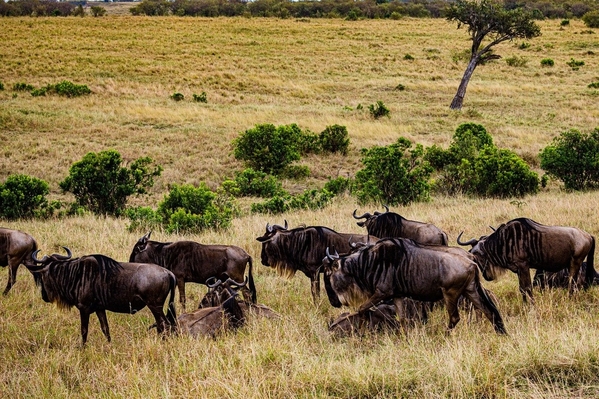
 The seemingly never-ending movement of columns of wildebeest, in the company of vast numbers of zebra and gazelle, follows an age-old route in search of grazing and water. After calving in the southern part of the Serengeti, the animals travel through the plains up and around in a clockwise direction heading for the Masai Mara in Kenya, before returning once again towards the end of the year. Wildebeest can be seen in the pictures above, and below, swimming across the Mara River.
The seemingly never-ending movement of columns of wildebeest, in the company of vast numbers of zebra and gazelle, follows an age-old route in search of grazing and water. After calving in the southern part of the Serengeti, the animals travel through the plains up and around in a clockwise direction heading for the Masai Mara in Kenya, before returning once again towards the end of the year. Wildebeest can be seen in the pictures above, and below, swimming across the Mara River.
However, there is plenty of other game viewing to be enjoyed including all of the Big Five. Big cats are usually indifferent to safari vehicles but the lioness pictured below seemed a bit … well, annoyed. Maybe we were too close.
On a clear day you can see Mount Kilimanjaro from the Serengeti, mostly from the southern part of the park and best during the wet season when the skies are usually clearer.
Adult rates at Mara River start at around US$2,000 per night and include accommodation, all meals and beverages including premium wines, spirits and liqueurs, twice-daily game drives in open game-viewing vehicles, return road transfers between the Serengeti Lamai airstrip and the camp, and a limited laundry service.
In terms of the luxury element of this camp and similar lodges I am sometimes asked if this is really the right way to see the wilderness. Well, it’s up to you really. As I’ve said in previous blogs there are plenty of state-sponsored national parks that offer much cheaper accommodation, but I suspect that it may not suit mature-age travellers who are seeking a one-off experience in the African bush.
When it comes to safaris, luxury is a relative term that simply means you have a lot more comfort than you would have in a conventional camping scenario. You may also feel that you have a little more safety and security when you hear the deep, rumbling growl of a lion or the nearby grunting of a hyena during the night. Choose carefully and you will not be disappointed.
Lodge photos courtesy of Singita.

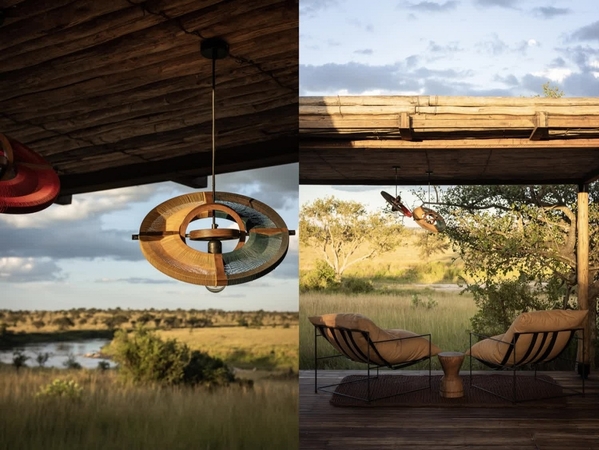
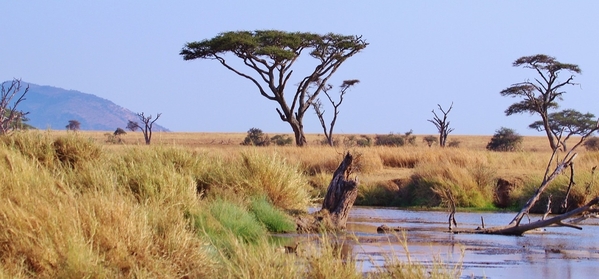

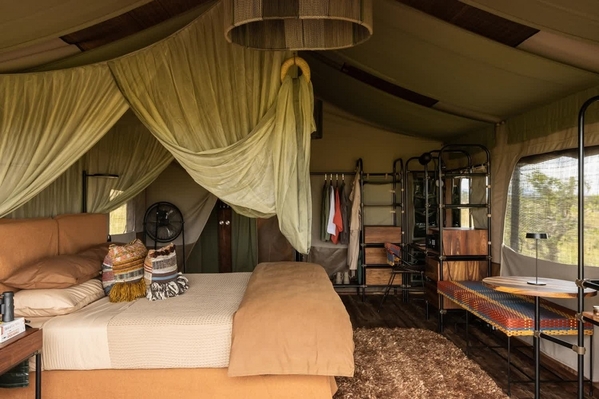

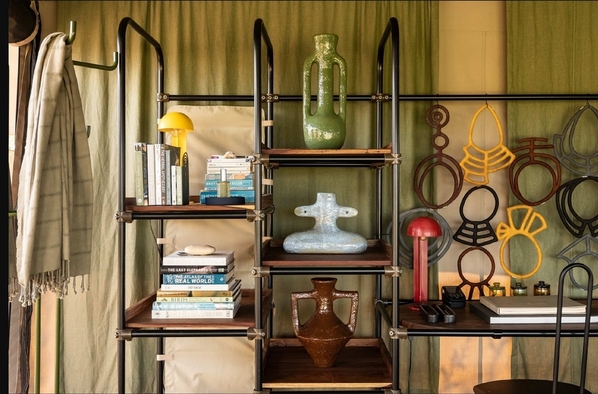

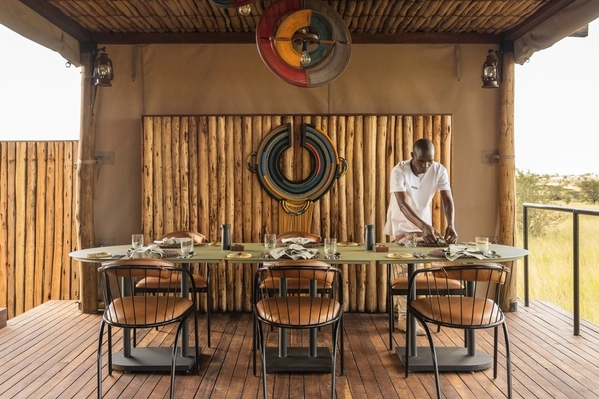
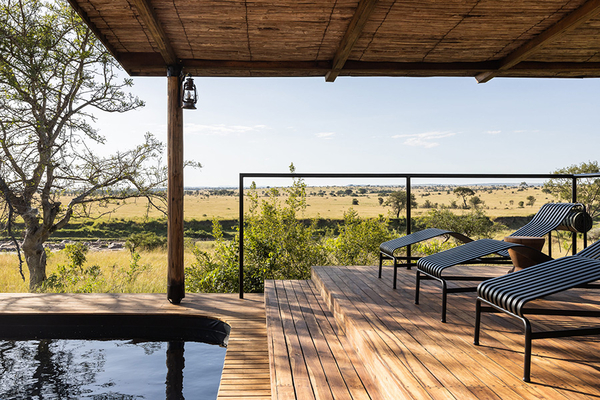
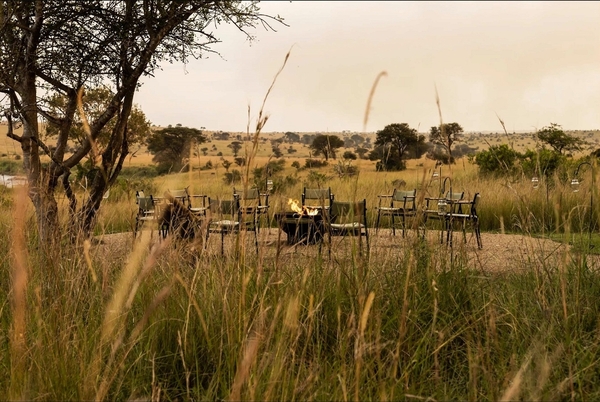
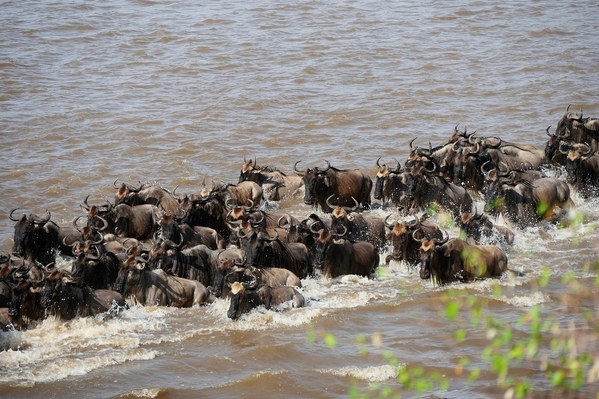






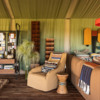








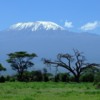
Comments (4)